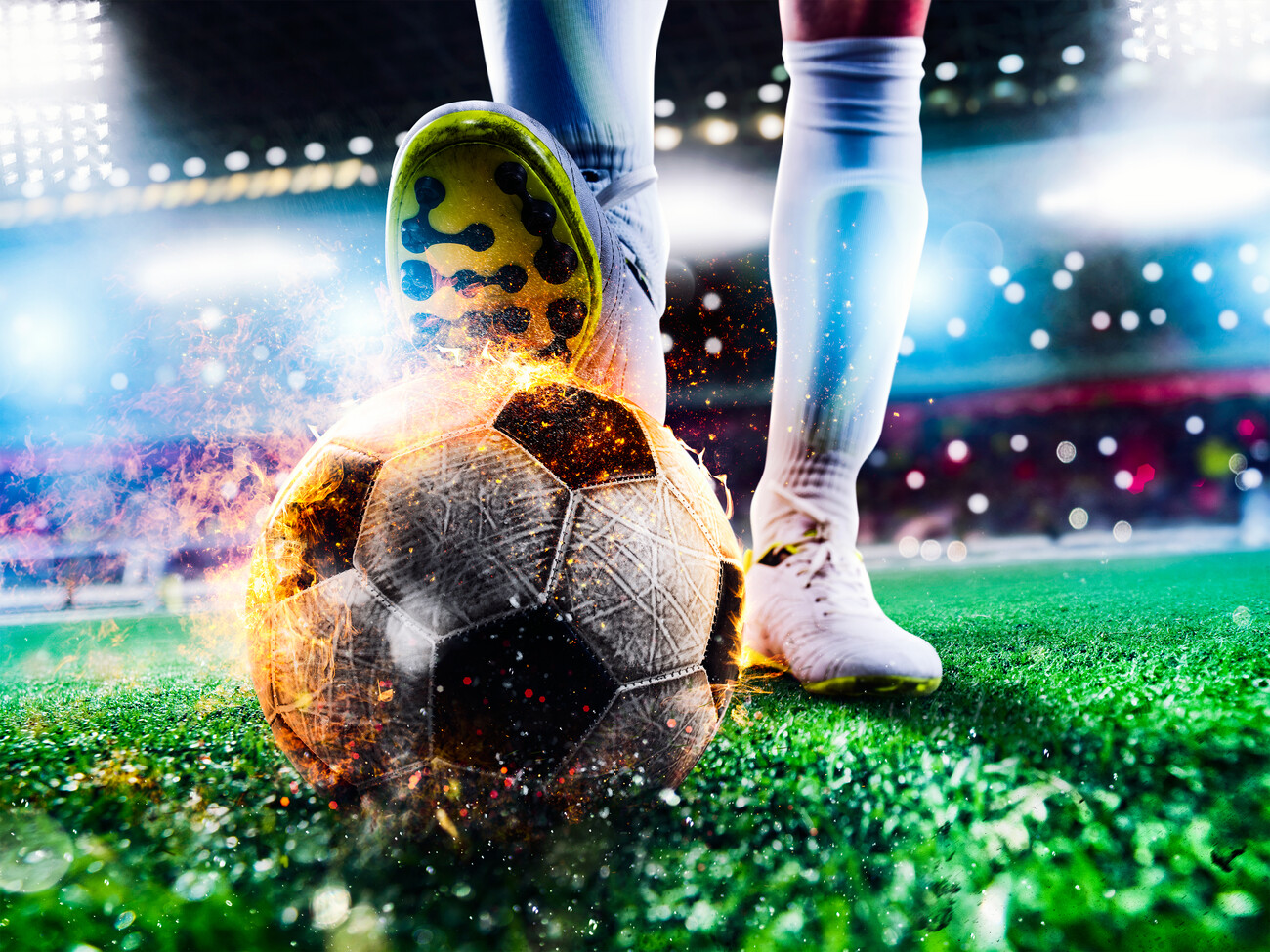Most of us have seen the movie “The Sandlot” and remember growing up with summers filled with adventure and freedom. I think we all believe that there has been a severe shift from free play to organized 무료축구중계. Many of us believe that the one of the problems is technology and another is the two extremes of parent involvement (either too involved or lack of involvement). I think that they are not only part of the problem but have a symbiotic relationship in the drive of kids from free play to organized sport or no sport. In fact, I believe that this technophile generation’s technology addiction is a symptom of the lack of parent involvement.
One of the theories of sport sociology is that sport is a reflection of society. We also can agree that sport teaches many things including cultural values, coordination, fitness, competition, how to follow rules, and at times, nationalism and reinforces them through play. As a brief look through the sports sociological portion of the sociocultural domain of sport sciences, I believe that the shift from free play to organized sport is a reflection of our current society and its drive toward the future.
Just as with much of our current condition, we must look back to key points in history that have had immeasurable influence on today. In our time, the two major events is often the Industrial Revolution beginning in 1760 and the Great Depression from October 29, 1929 to the beginning of World War II. The industrial revolution brought about many great achievements to society, which resulted in more jobs. These new jobs allowed individuals to work towards success and truly embody the American Dream of the ability to achieve one’s dreams. From 1840 to the 1920’s, society became technologically advanced and the world became more prosperous than ever before in such a short time.
This time period saw the invention and proliferation of the radio and the popularization of organized sport. Professional sports could now be brought into the home. However, with the stock market crash in October of 1929, many businesses failed and many individuals lost their family’s earned savings. People now had to work harder for less. Kids during this time had to make do with what they had and often it was simple. Kids saw their parents work hard and hope for the future. Kids were left to dream and imagine. This resulted in much free play with simple sports equipment like sticks and sandlots and whatever could be scrounged. Kids dreamed of playing “the big leagues” while they worked to help supplement family income. Free play at this time was king as it was simple and could be made up with what was at hand.
The beginning of World War II saw many of these kids being drawn into the conflict in Europe and the Pacific. This was the end of the Great Depression as the world’s industries turned toward national pride and began to support the war efforts against a common goal. Families began to recover from the Depression and began to become affluent again. As time moved on through the war and further into the 20th Century, families realized that another time of hardship could happen and resolved to make sure their children did not have to suffer at the same level again. Thus began the push to develop and train children from an early age to go to college, gain a trade or succeed in sports. At first, the push was simple.
However, as time progressed, each child was pushed harder to gain the competitive edge over their peers. Parents were the driving force through their determination to help their children succeed. School became a time consumer that involved time at the school itself and at home with homework. As the competition increased, sport also became part of that edge. Interestingly enough, during this time the world saw the proliferation of the television in homes. Families became affluent, enable them to purchase these luxury items. Sports was now in the home through both mediums of television and radio. This timeframe brought legendary sports heroes like Pele, Muhammed Ali, and Joe Dimaggio into the homes and imagination of the world. The heroes were compared to their predecessors like Babe Ruth and kids began to aspire to be like them.
